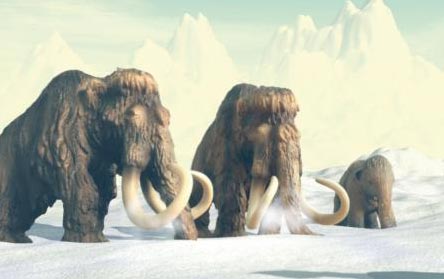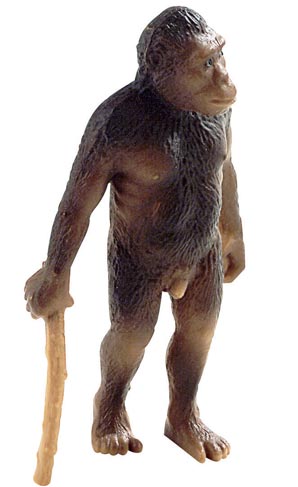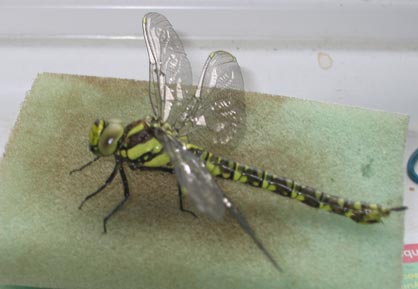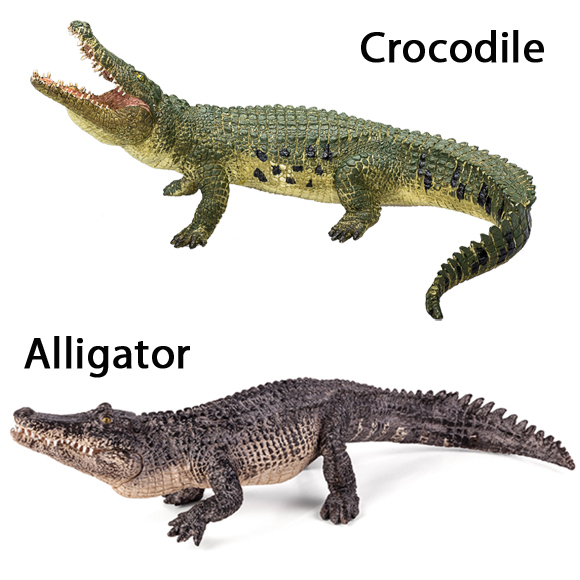Trade in Siberian Mammoth Tusks could Aid in Elephant Extinctions
The once diverse and widespread Order Proboscidea (animals with trunks) have very few representatives left on planet Earth. Of the Elephants, these once quite common creatures are restricted to Africa and parts of Asia, however, trade in the ivory of long-dead members of the Elephantidae family – Mammoths, could harm existing populations of these animals. Scientists warn that the Mammoth ivory trade could threaten extant elephant populations.
Mammoth Ivory Trade
Mammoths have been known for many thousands of years. Humans relationship with the Mammoth goes back a very long way, the cave paintings of these hairy, long tusked creatures by our ancestors are testament to this relationship. They are perhaps the most well researched animals from the Ice Ages and recent films such as the Ice Age trilogy have made “Manny the Mammoth” almost as popular as Tyrannosaurus rex. Indeed, in the Everything Dinosaur annual prehistoric animal popularity survey, the Woolly Mammoth usually comes out in the top ten and is the often the most popular non-dinosaur animal.
The permafrost in Siberia is melting, as climate change takes affect. So much fossil material is being discovered that a trade in dead Mammoth ivory has sprung up. The trade has actually been around for over 100 years or so. In the 19th Century, the native herds-people of Siberia used to regard the exposed carcases of Mammoths with fear. Many of these people believed the Mammoths to be giant moles that were very much alive and to approach a thawing carcase would bring disease and bad luck.
The very last Mammoths, a population of dwarf Woolly Mammoths lived on Wrangel Island, to the north of Siberia. This isolated population became extinct only 4,000 years ago, just a few hundred years before the great Egyptian civilisation came about.
An Ice Age Woolly Mammoth Herd

Trade in Mammoth ivory could threaten modern elephants.
Picture credit: Schleich of Germany
To view Schleich prehistoric animals and other models including Schleich dinosaurs: Schleich Dinosaur and Prehistoric Animal Models.
A new study, undertaken by Care for the Wild, a conservation charity, suggests that up to sixty tons of ivory is taken from Siberia each year. The amount of Mammoth ivory entering the global market now exceeds that from elephants, most of which is obtained by illegal poaching in sub-Saharan Africa. So plentiful are the Mammoth remains, that some Russian businessmen have taken to hiring planes to scour the vast tundra so that rotting carcases can be spotted and the ivory removed. This growing trade in prehistoric ivory has raised concerns over the effect on extant species of elephant. The Mammoths may be fossils, but they are not permineralised, the ivory is not replaced by minerals. The fossils are firstly, too young for full permineralistion to occur and their method of preservation, essentially frozen in the permafrost, like being stored in a giant freezer permits the organic ivory and other material to remain intact.
Some conservation groups are concerned that real elephant ivory could be passed off as Mammoth ivory, thus permitting the poaching network a route to market. In the meantime, we shall continue to monitor the situation.
The author of this new study, Esmond Martin, an expert in the ivory trade; stated:
“Every year from mid-June when the tundra melts until mid-September, hundreds of people search the tundra in northern Siberia looking for Mammoth tusks”.
Scientists have estimated that the frozen north of Russia may still contain an estimated 150 million dead Mammoths, however, the exploitation of the Mammoths as a resource is also denying palaeontologists the chance to study these extinct animals.
A spokesperson for Everything Dinosaur commented:
“It is important to remember that we still have a great deal to learn about these amazing creatures [Woolly Mammoths], the ransacking of the tundra for Mammoth ivory is denying scientists the opportunity to study the remains properly. As climate change affects our own species, we have the opportunity to learn about how temperature changes led to the demise of another large mammal species.”
The report is published in “Pachyderm” a journal focusing on elephant conservation. It is published by the International Union for the Conservation of Nature. Rather than taking the pressure off those elephant species that remain, the huge amount of Mammoth ivory coming onto the global market could lead to increased demand for ivory from any source, including extant elephants.
Esmond Martin, commented that the greatest threat on modern elephants lies in the possibility of Mammoth ivory being exported to Africa, where shipments could be mingled with tusks from African elephants. The Indian Government has already imposed a complete ban on Mammoth ivory, fearing just such a threat and wanting to protect the few wild Indian elephants that remain.
Mark Jones, a spokesperson for Care for the Wild said:
“The trade in elephant ivory is illegal and we need to monitor anything that might increase the threat to elephants. The hope must be that this Mammoth ivory will reduce demand but it is changing the whole market and we need to monitor it.”
There is another factor that needs to be considered when examining the trade in Mammoth ivory. When scientists are working on the thawing carcase of a Mammoth such as Lyuba, the remarkably well preserved baby Mammoth found a few years ago, great care is taken to avoid contamination from germs and other pathogens that may be de-frosting too. Some of these bugs could be quite harmful to our own species, after all, we have not been exposed to them for thousands of years. When working with such fossil material there is always the risk of exposure, we suspect that no precautions are taken by the Mammoth ivory hunters. Trade in Mammoth ivory may not just be deadly to elephants.





